The central section of the Zambezi River delivers big on scenery, wildlife and fishing. Mark Bland shares tips from their route that traced the river from Sioma Falls to Victoria Falls.
After being in arid areas for several weeks, the next leg of the journey followed the central section of the mighty Zambezi. For three weeks our route traced the river and we were rewarded with sightings of impressive waterfalls.
Must-see Sioma Falls
It is being on the banks of the Zambezi that one gets to truly appreciate how the waterways of Africa are its lifeblood. Life revolves around water in Africa, both human and animal. By following these river systems you get to unearth the true secrets of the continent. One such place is Sioma Falls (also known as Ngonye). In my opinion no less impressive than Victoria Falls, if not better, as you get to enjoy the falls and some of the white sandy beaches mostly to yourselves! We can highly recommend Ngonye River Camp and spoiling yourself with one of their cliffside chalets.
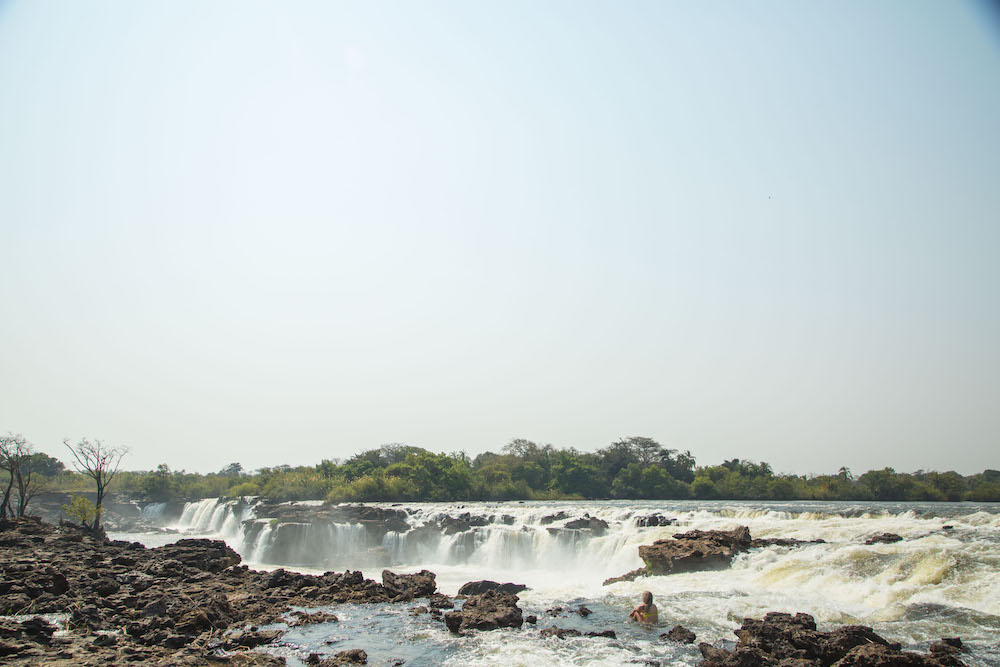
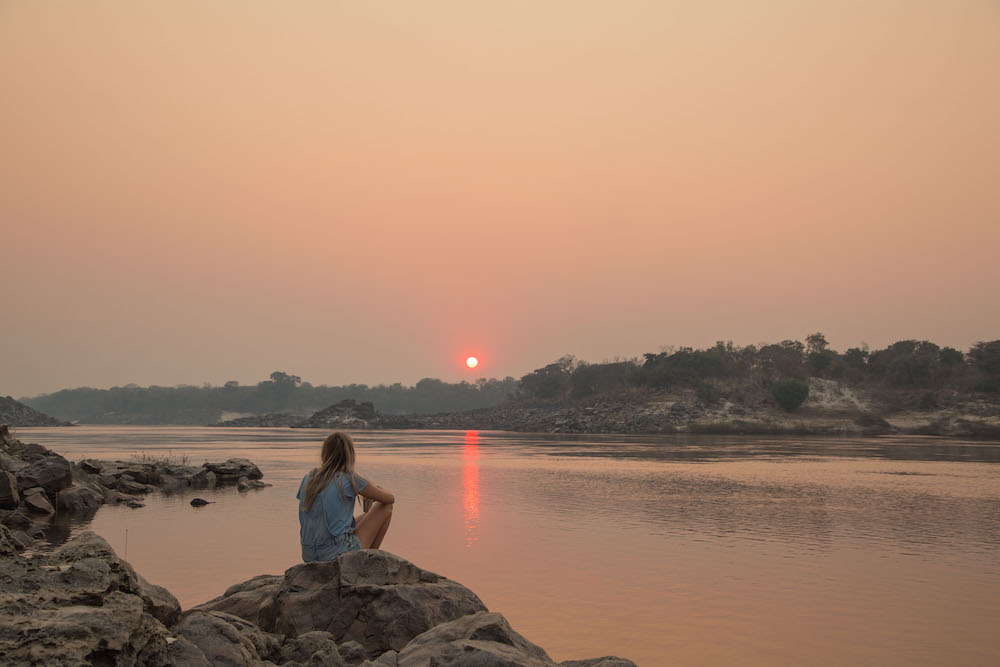
Usually Sioma is used as a stopover en route to Liuwa Plain National Park. We had to go and get our truck serviced in Livingstone which meant taking on the famed ‘road’ between Sesheke and Kazungula. Whilst we were proud to earn our overlanding badge of honour on this road I would still suggest the alternative. If the season is right, track north up to Liuwa and then east to Kafue National Park. Always reach out to African Parks who oversee Liuwa to see what conditions the roads are in. (The park is generally open between June and November.)
Enjoying the sights in Livingstone
While Livingstone was a bit of a bitter-sweet destination for us with a rather costly and delayed service, it is well worth spending some time here. The best time to visit Victoria Falls is just after the rains: February to May. We still managed to have great viewings (albeit slightly drier) around the middle of August. Worthwhile attractions to explore are the Mosi-oa-Tunya National Park (with sunset at the picnic site and a rhino tracking experience recommended) and the Livingstone Museum.
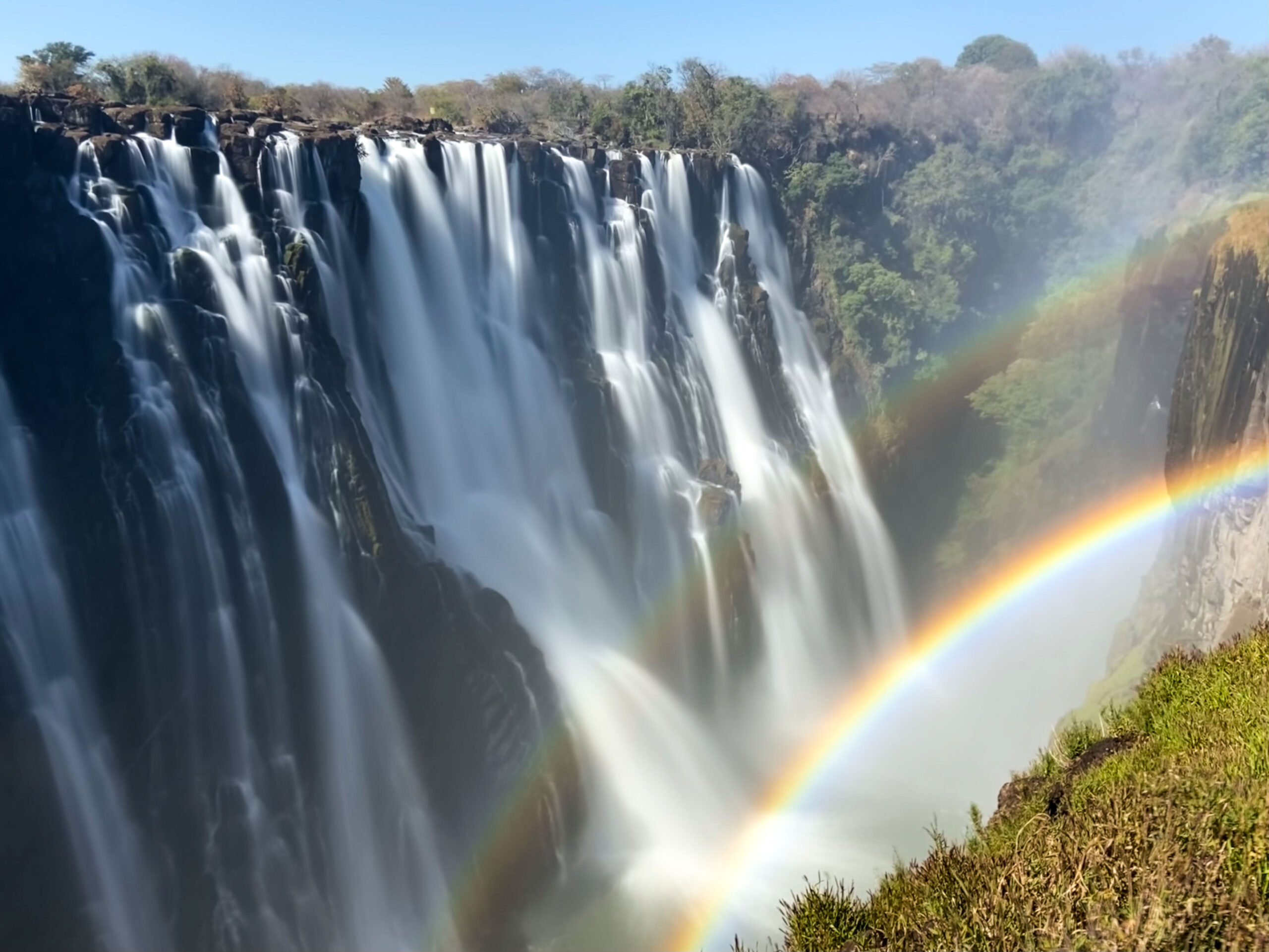
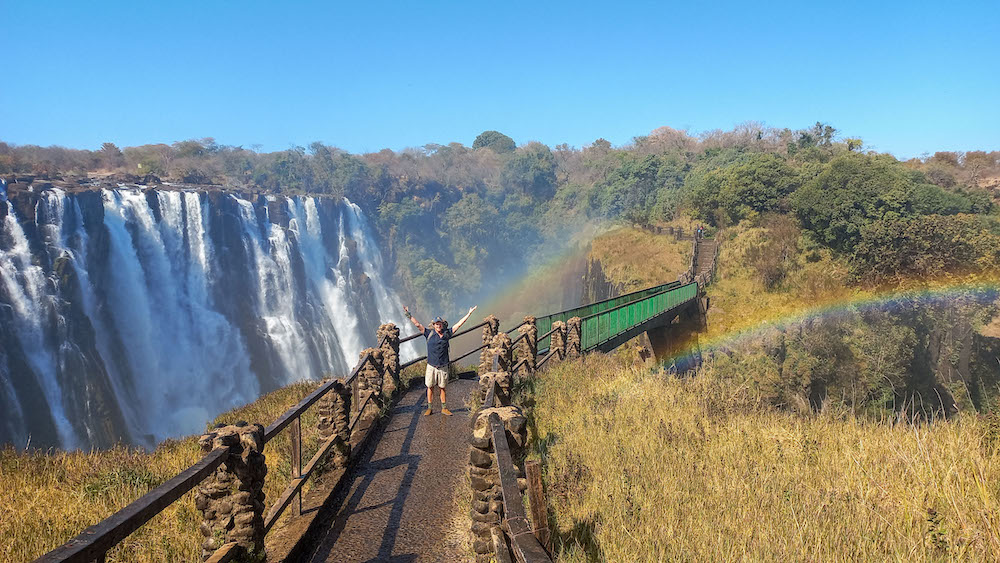
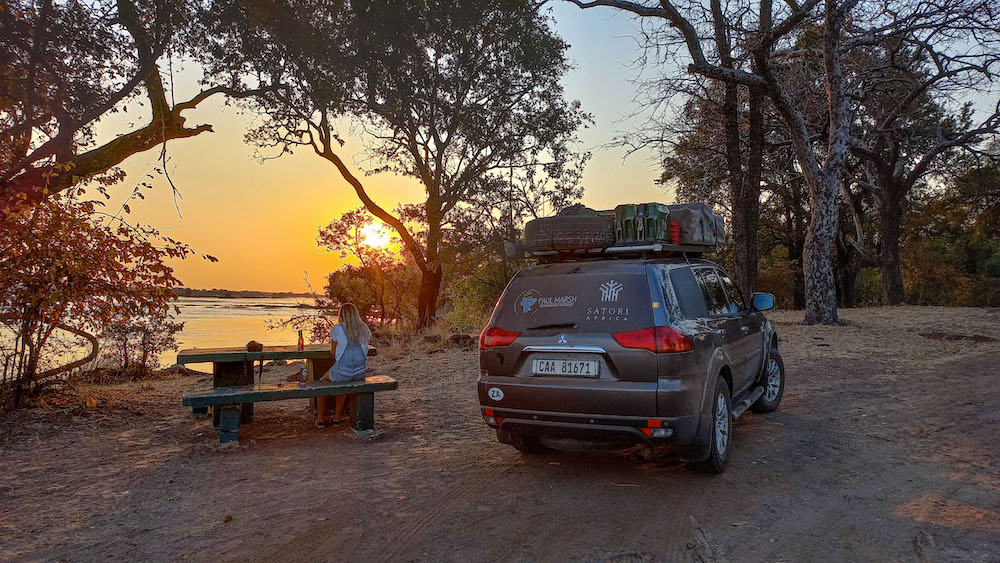
The many colours of Kariba
The most common routing from Livingstone is north to either Kafue or Lusaka. However, in this case the road less travelled must arguably be the best. A little after Choma, turning east, a beautiful dirt track takes you down the escarpment and onwards to Lake Kariba. The Zambian side of this massive man-made lake is much more under-developed compared to the Zimbabwean side; sadly the fishing and wildlife does not compare either. But if it is some R&R that you are after, then you will not be disappointed. There are a handful of accommodation options offering camping, lodging, water cruises, hikes and other water-based activities. The Kariba Dam wall has just gone through a lengthy refurbishment. One can walk the length of the wall without needing to stamp in or out.

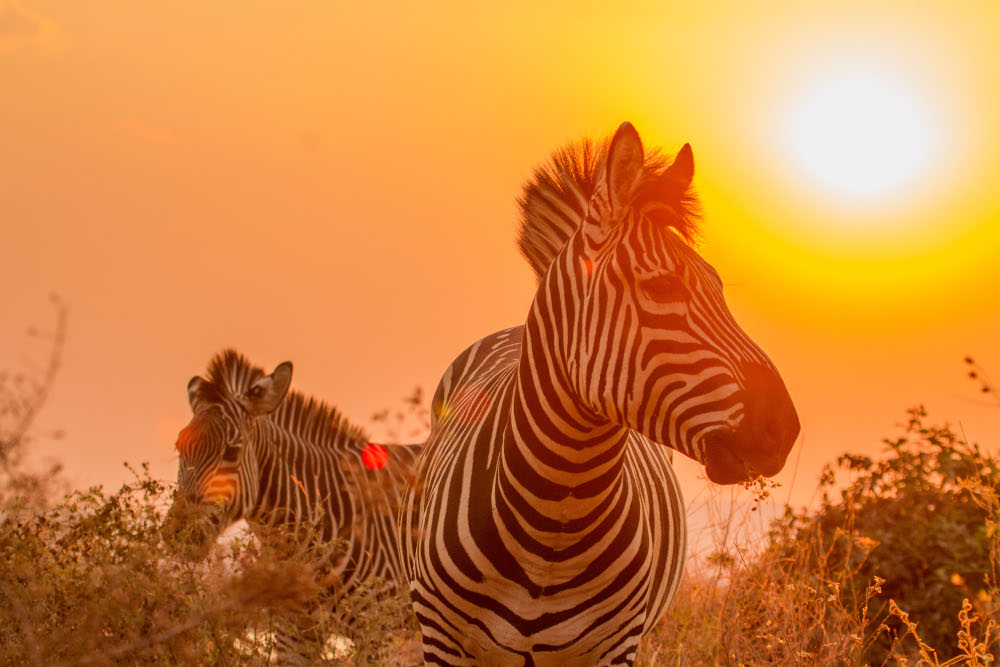
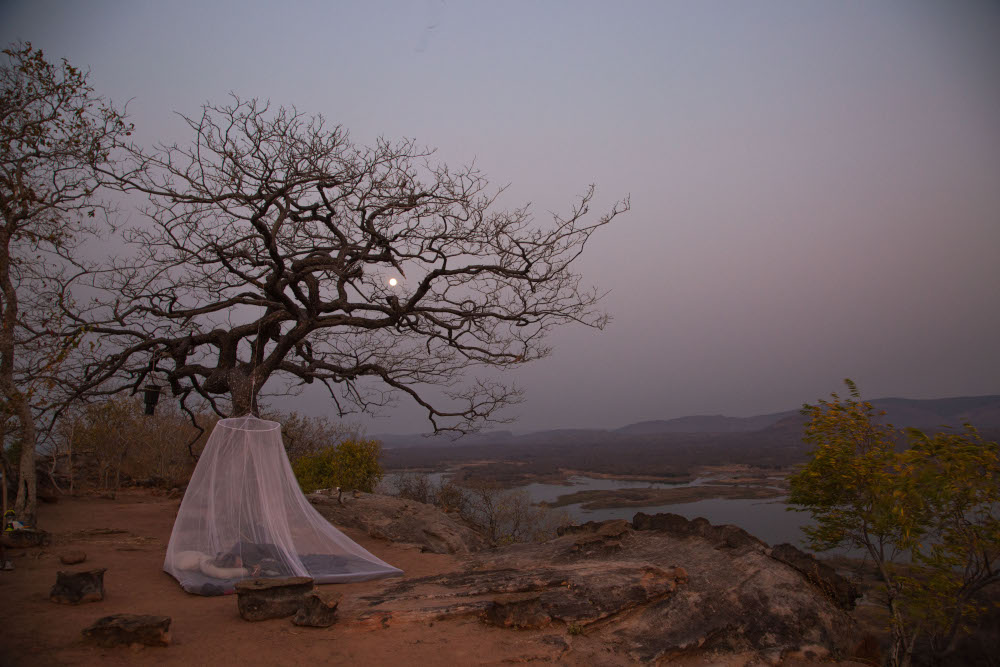
The land of tigers and leopards
Picking a spot for your stay on the Lower Zambezi can be a little overwhelming with all the options. It is perhaps easiest to break this area down into three main sections. (Note that this is our general guideline as all camps can cater to all needs):
– Chirundu to Kafue: the options here are often geared towards Lusakan fisherman and afford quick and easy access for long weekends
– Kafue to the Game Management Area (GMA) or public wildlife areas: a combination of both wilderness and fishing camps
– Lower Zambezi National Park: no campsites with only lodge accommodation available
Don’t have a 4×4 or access to a boat? All accommodation options offer water and land-based safaris as well as fishing excursions.
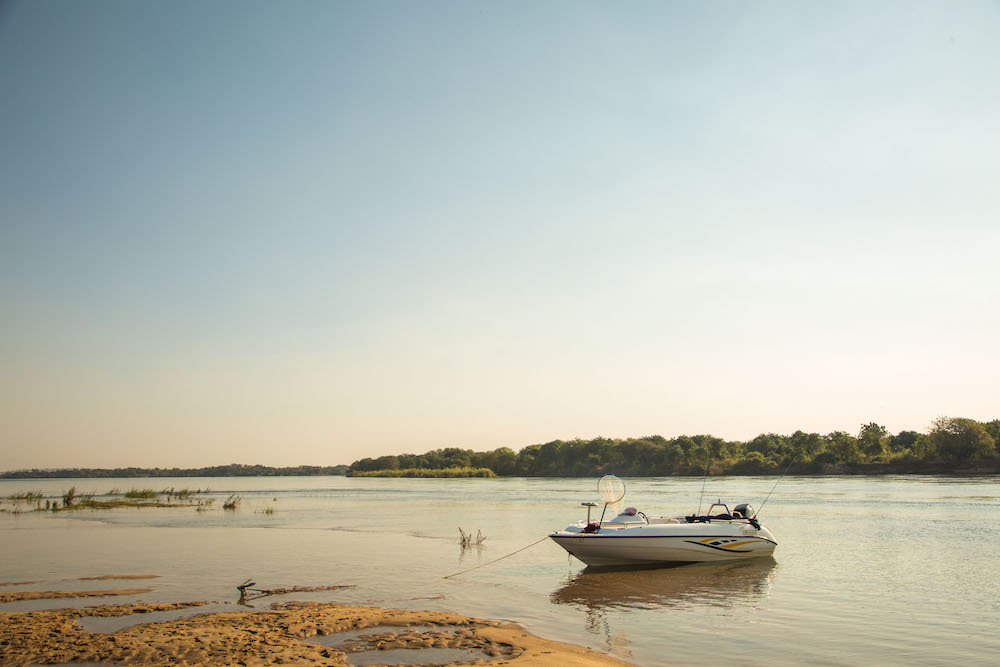
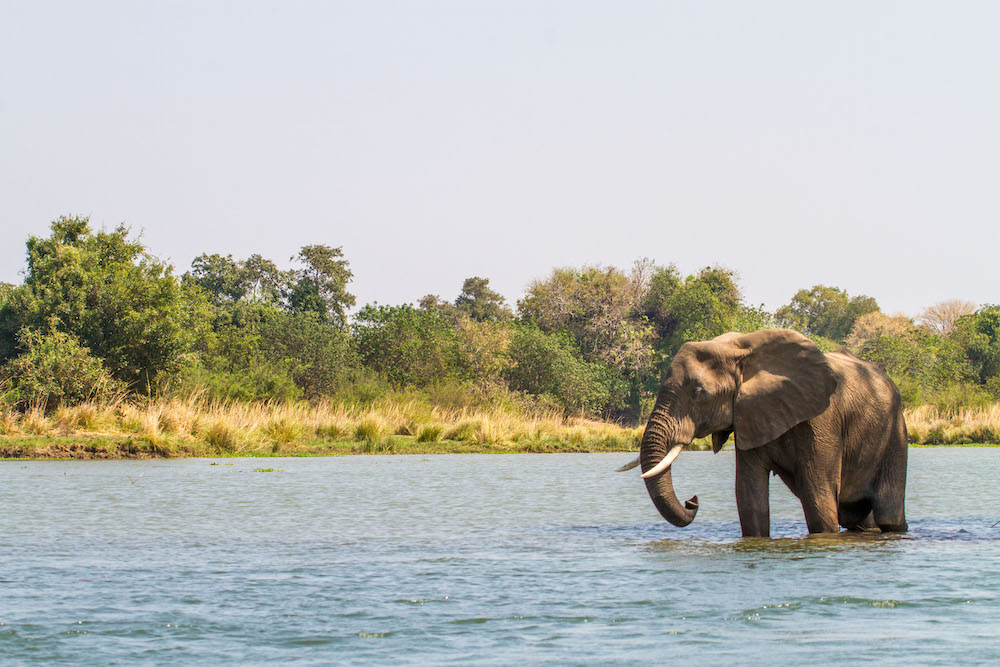

We chose to split our time between a campsite close to the GMA for some safari time and then at a site much closer to Chirundu. Here we met with local friends and tried our hand at landing one of the famed tiger fish of the Lower Zambezi. Restocking in Chirundu is also much easier. The Shoprite and local stores generally have all you need for your time on the Lower Zambezi. However, we strongly advise any meat-eaters or fishermen needing tackle to come stocked beforehand.
Visit routesrediscovered.co.za for a more detailed account of Mark’s trip through southern Zambia or plan your overlanding trip.
From destination information to overlanding advice, the Tracks4Africa Zambia Self-drive Guide Book has you covered. Along with descriptions of Zambia’s unmissable sights, you’ll find suggested itineraries and comprehensive accommodation listings. The guide is packed with tips on readying your vehicle and ensuring you’re prepared on matters such as border posts, currency and road conditions.
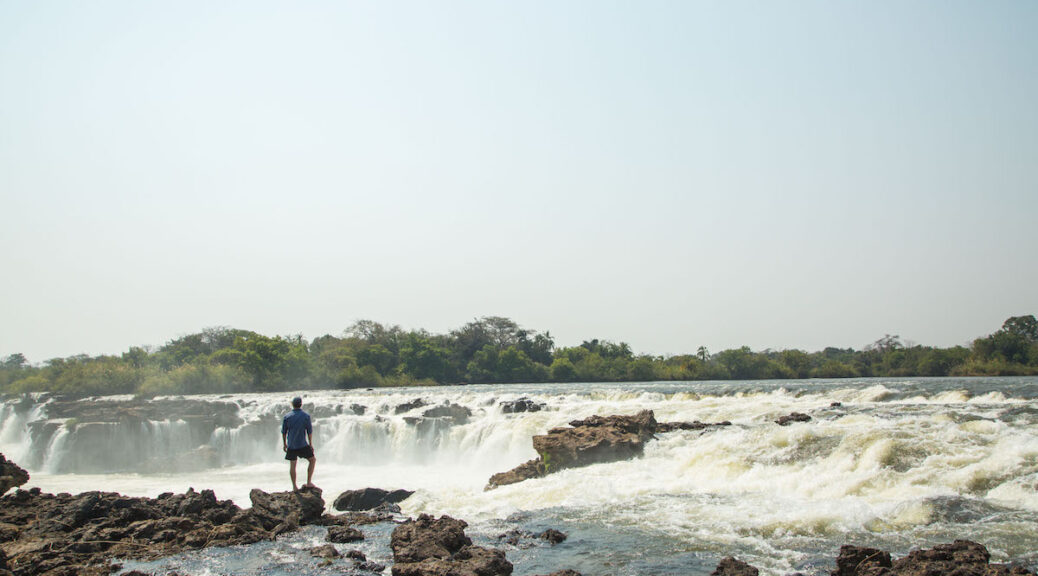

I have just driven this Sesheke to Vic Falls road , one hour tar, 4hours alongside the tar, one hour tar Total 6 hours, when in 2012 used to take two hours.
Thanks for sharing your most recent experience of Sesheke–Vic Falls.
Not sure why they say avoid the famed Sesheke to Kazangula road. This road was impassable in the wet but it was rebuilt and surfaced in about 2012.
Unfortunately the resurfaced road didn’t remain in good condition for long. When T4A’s Johann Groenewald drove it last year, it was in a sorry state.